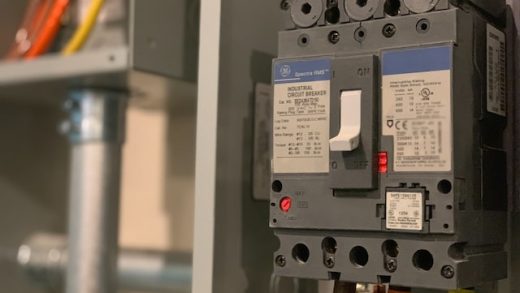The Importance of Quality Marine Hose Clamps for Sale
If you own a boat, hose clamps are essential to many onboard systems. However, their reliability depends on the quality of the components and the installation process.
Avoid plated steel or zinc-coated clamps. These corrode quickly in a marine environment. Look for 316 stainless-steel worm drive clamps with solid embossed thread bands.
Stainless Steel
Hose clamps seem like simple, inexpensive bits of hardware. Yet they’re vital to your onboard plumbing. Failing just one of these clamps can cause you to lose hundreds of dollars worth of boating equipment. Even worse, a vessel can sink when a hose becomes detached. From Marine insurance claim data, this sobering fact illustrates just how crucial hose-clamp quality is.
All-stainless-steel hose clamps—ideally, 316 grade—are best for wet applications (such as stuffing boxes) where water constantly bathes the hose. These clamps have solid embossed bands, eliminating perforations that lead to elongation and crevice corrosion (“cheese grating”).
They also resist stripping when over-tightened. These stainless-steel clamps are a big step up from standard automotive clamps that use galvanized or plated mild-steel bands and plated screws, all of which quickly corrode in a marine environment.
Corrosion Resistant
Stainless steel clamps resist corrosion and are used on many boat parts. For example, they are essential to hold bilge pumps and sanitation hoses because a failed fitting will let water in or exhaust gases out.
It would help to avoid hose clamps made from zinc or plain steel, which will rust. It would help if you also considered buying clamps from manufacturers that use 316 stainless steel containing molybdenum to improve its corrosion resistance.
Look for marine hose clamps with a smooth band and embossed threads rather than a perforated band. The holes reduce the band’s strength and allow corrosion to begin. Also, ensure the entire clamp is stainless steel, including the nut, bolt, and bolt housing. A magnet test is an excellent way to determine whether these components are stainless.
Durability
The simple design of a band, gear housing, and screw exerts uniform pressure to hold the hose in place. However, use the correct clamp size for the hose and fittings; otherwise, the connections may not seal properly.
Clamps made from 316 stainless steel resist corrosion and are recommended for marine applications. But not all marine-grade stainless steel is created equal. Some lower-grade stainless steel rust quickly and breaks, so checking it’s a clamp by running it over a magnet is essential before installing it.
Many perforated clamps feature holes in the band to engage with the screw threads, but these holes reduce strength and create a toehold for crevice corrosion (a form of metal decay that affects 304 stainless). It’s not unusual for perforated clamps to part across one of these holes under high stress.
Avoid these problems by choosing a smooth, non-perforated band and a rounded screw. These features will also prevent the sharp edges of some clamps from squeezing out tufts of hose jackets like a cheese slicer, which can cause damage to the hose and a less-than-perfect seal.
Easy To Install
The humble hose clamp may seem like an insignificant piece of equipment, but it plays a crucial role in all vessel systems. A bit of marine hardware must be selected and installed correctly to ensure a boat’s longevity and watertight integrity.
Choosing a suitable diameter clamp is essential. A common mistake is to purchase a clamp that is too large for the application. Oversized clamps leave a long, sharp “tail” waiting to cut forearms or fingers. This is especially dangerous in boats’ bilge, head, and sanitation plumbing areas.
It is also important to tighten the hose clamp properly. Overtightening a clamp can cause it to elongate and create a toehold for crevice corrosion, particularly detrimental to stainless steel. Therefore, it is recommended to use a torque wrench when tightening a hose clamp. These tools can be found at most marine supply stores and are inexpensive to purchase.




